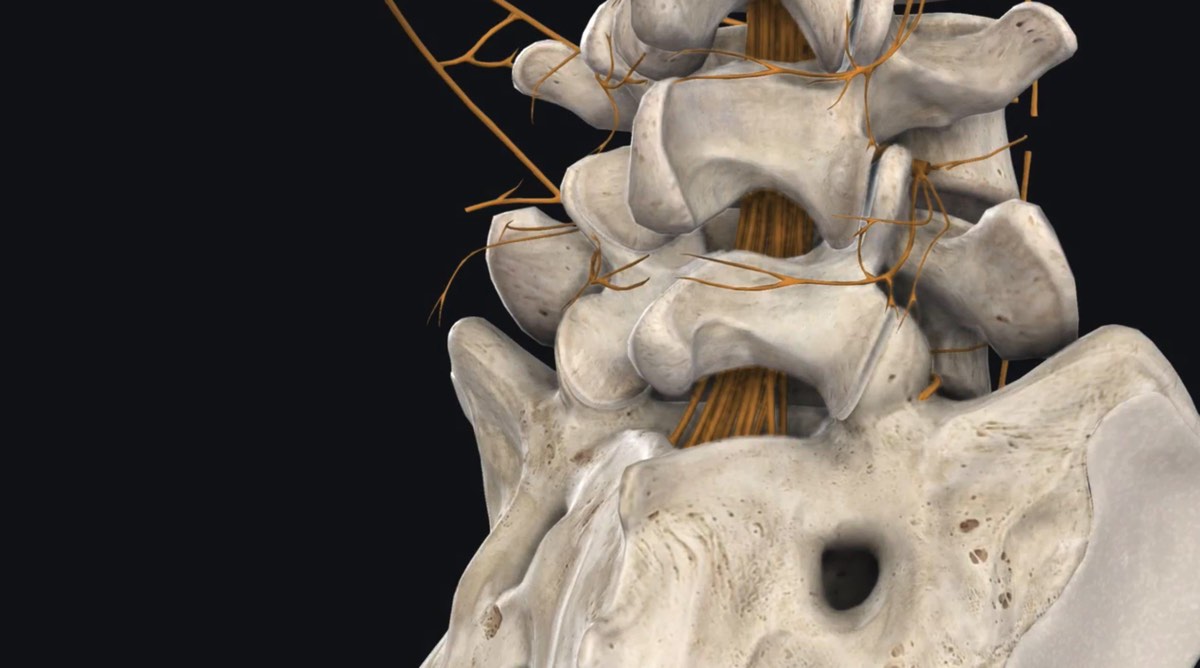NEW YORK (Reuters Health) – Women controlling their own epidural analgesia used less bupivicaine and still reported high satisfaction, in a new study of nulliparous women undergoing spontaneous labor.
However, women in the patient-controlled epidural group reported higher pain while pushing than those who had a continuous epidural infusion (CEI), or a combination of the two methods of analgesia.
Researchers conclude that tinkering with the patient-controlled epidural analgesia (PCEA) protocol – such as by allowing patients to administer boluses more frequently – might address the extra pain.
Led by Dr. Michael Haydon of Long Beach Memorial Medical Center/Miller Children’s Hospital, the researchers conducted a double-masked trial of 270 women randomized to three groups. Patients in the CEI group were given 10 mls/hr of bupivicaine 0.1% and fentanyl 2 mcg/ml; those in the PCEA group could administer a 10 ml bolus of the epidural analgesic every 20 minutes; and a combined CEI + PCEA group had a continuous infusion but could also administer boluses at 20-minute intervals. Women were given a patient-controlled button, regardless of their group assignment.
All participants initially received an intrathecal bolus of bupivicaine 0.5% (0.4 mL) and fentanyl 50 mcg/mL (0.4 mL). During labor they were all also allowed up to two boluses of 10 mls bupivicaine 0.25%, given by the anesthesiologist, if they asked for further analgesia.
CEI-only women used an average of 74.8 mg of bupivicaine during labor. That compared to 52.4 mg in the PCEA-only group and 97.3 mg in the CEI + PCEA combined group.
There was no difference in the number of additional boluses women asked for in each group, but those using PCEA only requested a bolus sooner, on average (2.1 hrs in PCEA vs. 3.5 hrs in CEI and 3.3 hrs in CEI + PCEA).
All three groups had a median overall satisfaction of 0 following delivery, on a scale of 0 to 100 (0 = most satisfied).
Median pain with pushing rating was higher in PCEA-only group (40, on a scale of 0 to 100) than in the CEI-only group (15) or the PCEA + CEI group (0).
Dr. Haydon and colleagues note that those higher pain scores could be related to the 20-minute lockout interval, and the subsequent delayed onset of pain relief. Previous studies have evaluated the efficacy of patient-controlled epidurals with five- and 15-minute lockout intervals.
“In order to provide more pain relief during the second stage of labor in these women, it may be important to shorten the lockout interval,” they write in the American Journal of Obstetrics and Gynecology – for example, to 10 minutes.
“The goal of labor analgesia should be maximum pain relief with the lowest possible dose of anesthetic,” Haydon’s team concludes.
“Using the lowest dose throughout labor via PCEA and individualizing additional boluses during the second stage may be considered.”
Am J Obstet Gynecol, online June 20, 2011.









